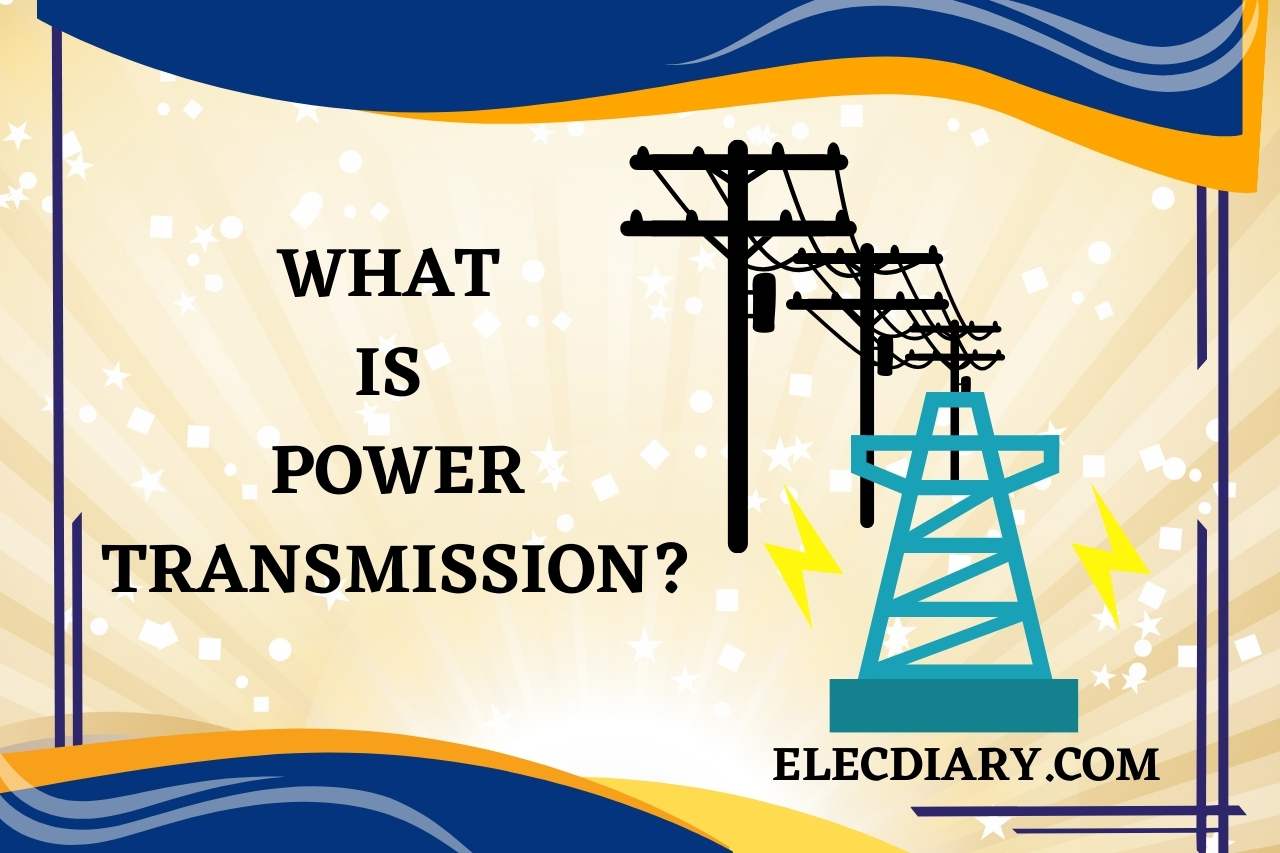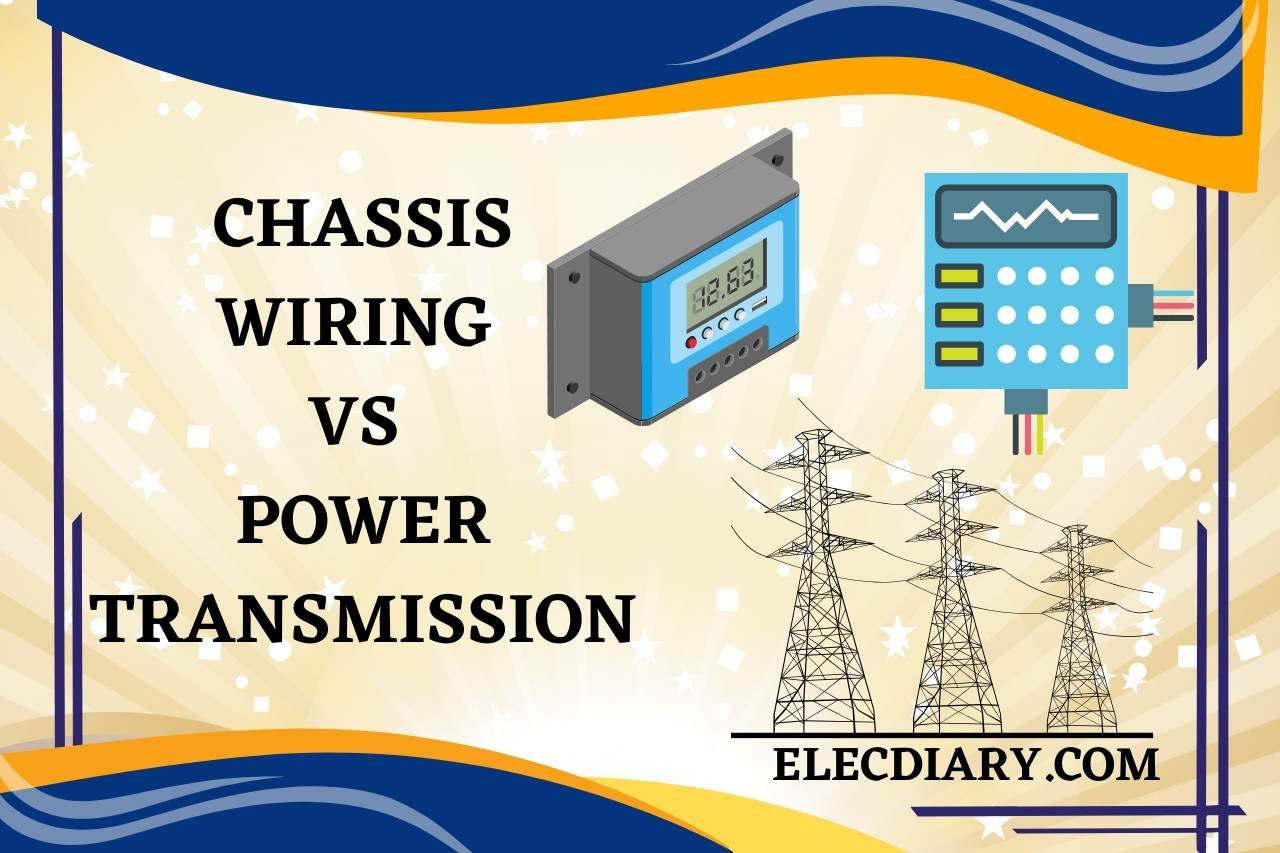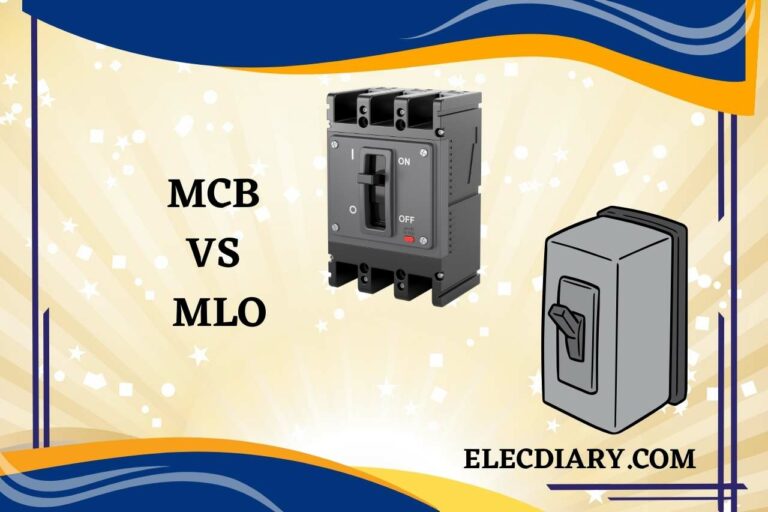Chassis Wiring vs Power Transmission – Key Differences Explained!
When it comes to the wiring system of your automobile, solving the debate of “chassis wiring vs power transmission” is paramount. The reason why, these intricate systems, often unnoticed, form the backbone of your car’s functionality and performance. In today’s explanation, we aim to uncover the nuances of chassis wiring and power transmission, shedding light on their roles, differences, and significance in the automotive world. So, fasten your seatbelts as we embark on a journey to demystify the essential components that power your vehicle!
What is Chassis Wiring?
Chassis wiring, also known as automotive wiring, refers to the intricate network of electrical cables and components within your vehicle’s framework.
This vital system connects various electrical devices and systems. Accordingly, it maintains the seamless flow of power and data throughout the vehicle.
In essence, chassis wiring acts as the nervous system of your automobile, facilitating the functioning of essential components like lights, sensors, and control units.
In fact, it plays a crucial role in modern vehicles, enabling functions ranging from engine management to entertainment systems.

What is Power Transmission?
Power transmission involves the transfer of mechanical energy from one source to another, enabling the movement and operation of various devices and machinery.
Indeed, it’s the process of transmitting power from a power source, such as an engine or motor, to the components or systems that need to perform work.
This is achieved through mechanisms like gears, belts, shafts, and chains. Actually, power transmission is significant in certain applications, including automotive vehicles, industrial machinery, and even bicycles.
Chassis Wiring vs Power Transmission
Chassis wiring and power transmission are fundamental aspects of modern vehicles, but they serve distinct purposes while sharing some similarities. Let’s discuss their differences first.
Differences
-
Function
- Chassis Wiring: It primarily deals with the electrical systems within the vehicle, connecting components like lights, sensors, and control units.
- Power Transmission: This involves the mechanical transfer of energy from the engine to the wheels, enabling motion.
-
Components
- Chassis Wiring: Utilizes wires, cables, and connectors to carry electrical signals and power.
- Power Transmission: Employs mechanisms like gears, belts, and shafts to transmit mechanical power.
-
Purpose
- Chassis Wiring: Ensures proper functioning of electronic and electrical systems. Thus, it contributes to enhancing safety, comfort, and entertainment.
- Power Transmission: Facilitates the movement of the vehicle, converting engine power into kinetic energy.
-
Application
- Chassis Wiring: Widely used for automobiles, aircraft, and boats.
- Power Transmission: Power plants, electrical grids, and transmission lines are mostly equipped with power transmission.
Similarities
- Integration: Both chassis wiring and power transmission systems are intricately integrated into vehicles, working together to ensure functionality.
- Safety: Obviously, they play crucial roles in vehicle safety. Chassis wiring controls lights and sensors, while power transmission influences braking and acceleration.
- Maintenance: Both systems require regular maintenance to ensure optimal performance and safety.
- Complexity: Both chassis wiring and power transmission systems have become increasingly complex with advancements in technology, especially in modern vehicles.
- Reliability: Dependability is critical in both cases. The reason why, faulty chassis wiring can result in electrical issues, while power transmission problems can lead to mechanical failures.
How Do Costs Compare Between Chassis Wiring and Power Transmission?
It is vague what more expensive chassis wiring and power transmission are because there are crucial factors that determine the cost.
Comparing the costs of chassis wiring and power transmission in vehicles reveals distinct aspects to consider.
Chassis wiring costs typically involve the purchase of electrical components, wires, and connectors, as well as labor for installation and maintenance.
The complexity of modern vehicles and the integration of advanced technologies may increase these costs.
However, you will have certain long-term benefits, such as improved safety and functionality, often outweigh the initial investment.
Power transmission costs include components like gears, belts, and shafts, as well as labor for assembly and maintenance. These costs can vary significantly depending on the type of vehicle and its intended use.
High-performance or specialty vehicles may have more sophisticated and expensive transmission systems.

Pros and Cons of Chassis Wiring
Chassis wiring in vehicles offers several advantages and has its share of drawbacks.
Pros
- Functionality: Chassis wiring enables the operation of various electronic systems. So, there will be an improvement in the vehicle’s functionality.
- Safety: It powers essential safety features like airbags, ABS, and lighting, contributing to safer driving.
- Customization: Wiring allows for customization, enabling the installation of aftermarket components like audio systems and GPS.
Cons
- Complexity: Modern vehicle wiring is intricate, making troubleshooting and repairs challenging for non-professionals.
- Maintenance Costs: Electrical issues can be expensive to diagnose and fix, often requiring specialized equipment.
- Failure Risks: Wiring failures can lead to malfunctions or safety hazards, necessitating regular inspections.
Pros and Cons of Power Transmission
Power transmission in vehicles offers distinct advantages and comes with its set of disadvantages. Check the details below to get a clearer idea.
Pros
- Efficiency: Power transmission systems efficiently convert engine power into motion. Consequently, it contributes to optimizing fuel consumption.
- Performance: They enable vehicles to achieve varying speeds and torque, essential for different driving conditions.
- Durability: Well-maintained transmission systems can last for the lifetime of the vehicle.
Cons
- Maintenance: Transmission systems require regular maintenance to prevent wear and tear, which can be costly.
- Complexity: Modern transmissions are complex and can be expensive to repair or replace.
- Potential Failures: Transmission failures can result in expensive repairs and vehicle downtime.
Watch this one,
Video Credits – Roel Van de Paar








